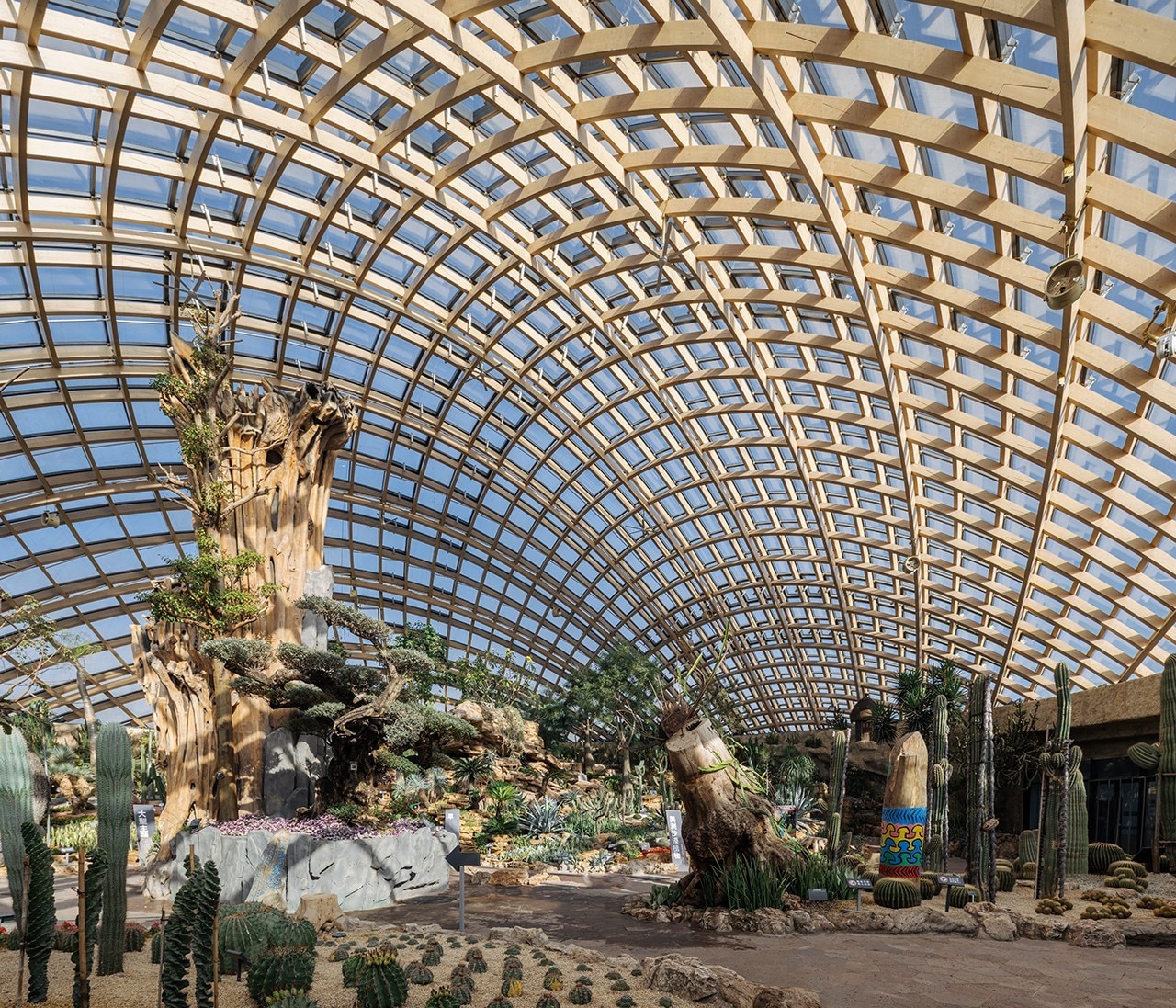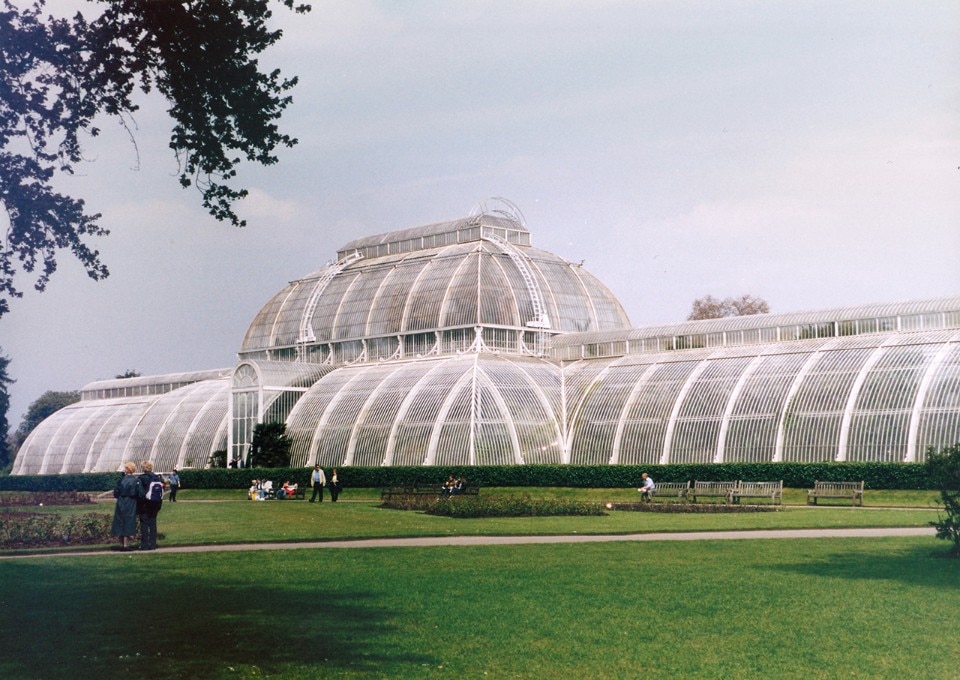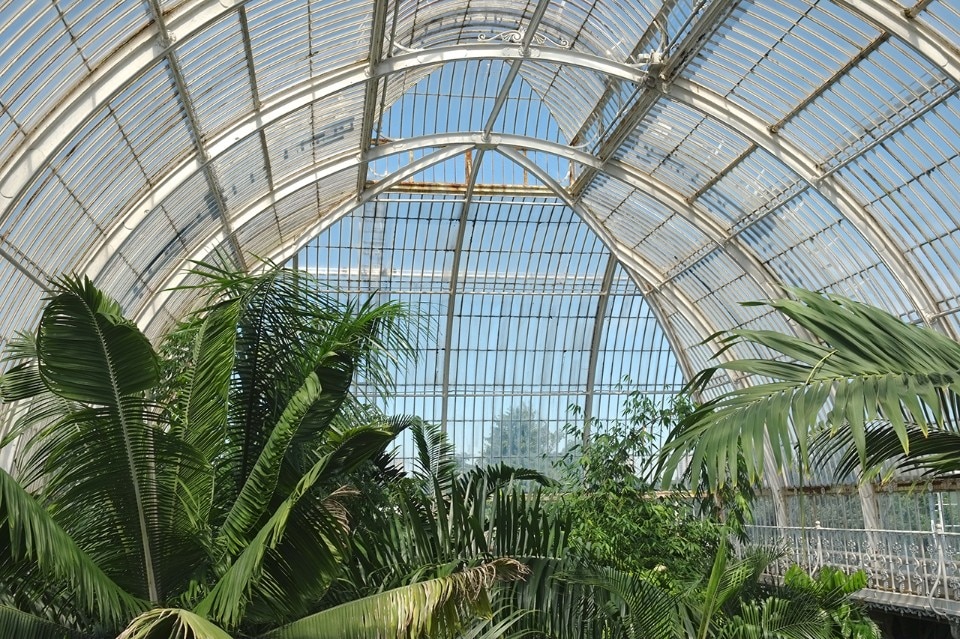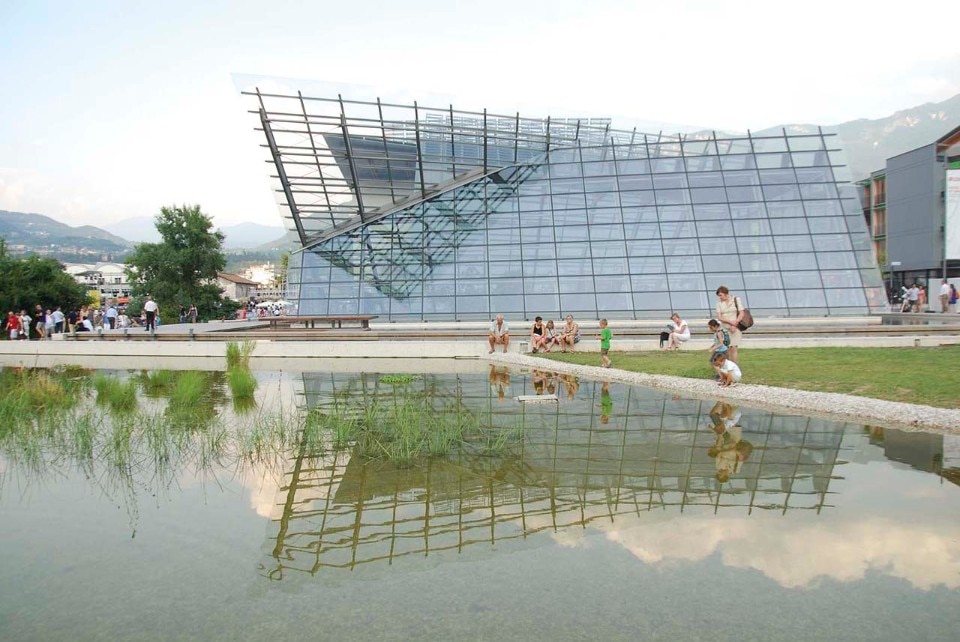The greenhouse was created with a clear purpose: to control the climate in order to foster the growth of plant species. A vegetal microcosm enclosed within structural frameworks and glass surfaces, it becomes, through the architecture of its forms, an object of functionality, technological experimentation, and poetry.
Although long and geographically diverse, the history of greenhouse architecture undoubtedly marks a turning point in the 1800s. With the advent of iron and glass architecture, greenhouses became a subject of design interest and began to spread widely. Technological advances created true glass cathedrals, where lush vegetation could thrive thanks to controlled humidity and ventilation. This fascination peaked with the Crystal Palace, designed by Joseph Paxton in 1851, which symbolized modernity through the form of a monumental greenhouse, celebrated at the Great Exhibition.
Beyond its purely functional aspect, the greenhouse has become, over the decades, a field for architectural experimentation, translating ideas of space and contemporary reflections into delicate transparent surfaces. Today, these structures are inextricably linked to sustainability and self-sufficiency, making them icons of innovation and environmental awareness. For this reason, Domus has curated a collection of ten signature projects that show how the greenhouse has been interpreted, especially in recent decades, through diverse forms and approaches.
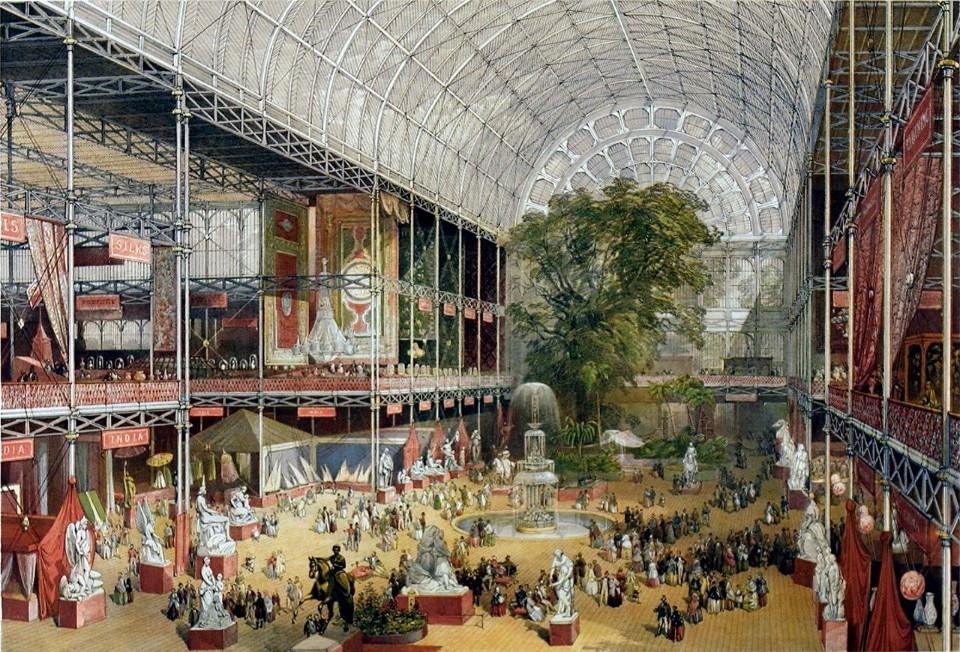
Although the selected projects focus on contemporary architecture, excluding notable examples such as the 1936 Jewel Box or the Climatron completed in 1960, the collection begins with the iconic Palm House at Kew Gardens. Built in 1844, it represents in many ways a symbol of the greenhouse’s light monumentalism and a milestone in defining the typology. Designed by Richard Turner and Decimus Burton, it maintains a temperate climate to nurture a small palm forest inside, while its forms reflect the grandeur of the Victorian era.
From there, a leap forward takes us to two projects from the 1990s: the Greenhouses of Parc Citroën in Paris, by Patrick Berger and Jean-François Jodry, and the Great Glasshouse by Foster + Partners. The former serves as a modern propylaeum opening onto the park, while the latter features a unique ovoid span that reconnects the internal microcosm with the landscape design. This sequence of projects demonstrates the varied contemporary interpretations of the greenhouse. The angular forms of the Tropical Greenhouse at MuSe by Renzo Piano, the Rooftop Greenhouse by Kuehn Malvezzi, and the Agrotopia project by Kolpa Architecten are complemented by the sinuous geometries of the Sustainable Hothouse by C.F. Møller Architects and the Taiyuan Botanical Garden by Delugan Meissl Associated Architects.
The collection presents a range of international contributions, telling stories not only from Europe but also from recent experiments in Canada, such as KPMB’s Horticultural project, and variations on the theme in Asia, like the Xi’an Greenhouse by Plasma Studio, where the roof planes fragment into a sculpted groundscape.


